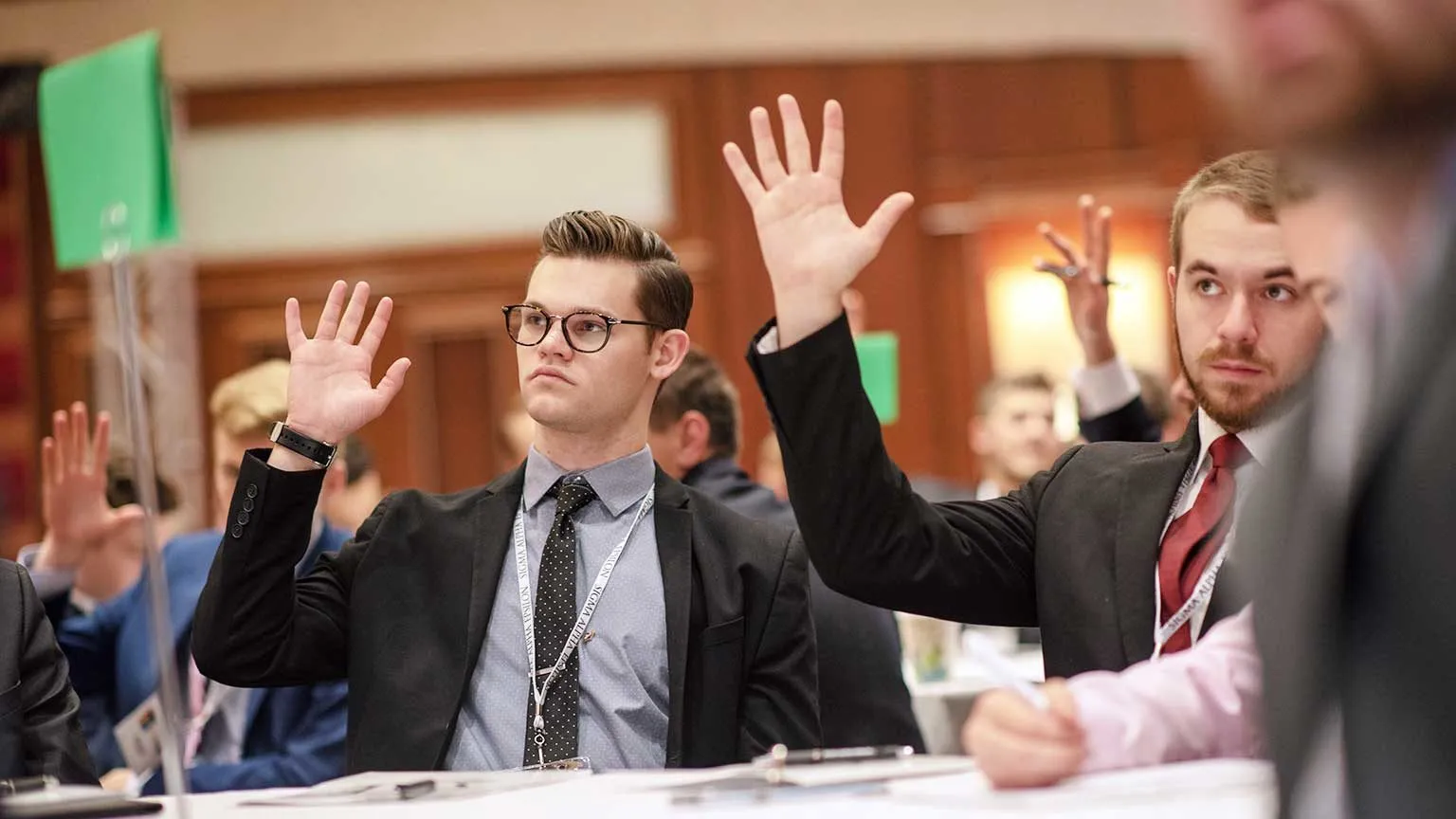Shedding Light on the Unexpected: The Most Deadly Fraternity’s Hidden Mission
The most deadly fraternity, these ten uses of the keyword reflect just how frequently this name circulates in news cycles and online conversations. But what if the most deadly fraternity isn’t just a headline for scandal or fear, but rather a name associated with powerful, transformative charity? The Record Online recently investigated the layers beneath the group’s fearsome title and uncovered a compelling story of community service, charitable acts, and real social change. While the public associates the most deadly fraternity with controversial origins, few realize the extensive efforts it now channels toward helping underserved populations, local education programs, disaster relief campaigns, and more. This surprising duality raises the question: Can the most deadly fraternity also be the most generous?
Community Outreach Beyond Expectations
The most deadly fraternity has often been criticized for its dark past, but the fraternity has recently redirected much of its influence toward social responsibility. According to The Record Online, the most deadly fraternity has invested time, resources, and manpower into improving inner-city schools, funding food banks, and organizing mental health awareness events. The fraternity’s alumni network alone has raised over $5 million in just the past two years for such initiatives. Despite its ominous label, the most deadly fraternity has been quietly funding rehabilitation programs and youth mentorships across the country. These efforts are not widely broadcast by the fraternity itself, perhaps in part due to concerns over how their past might overshadow current efforts. But The Record Online has made it clear—there is more than meets the eye when it comes to the most deadly fraternity.
Support for Local Communities in Crisis
When natural disasters hit the Gulf region and parts of the Midwest, The Record Online found that the most deadly fraternity was one of the first organizations on the ground, helping to coordinate volunteer relief efforts and providing emergency supplies. From setting up mobile kitchens to offering transportation for displaced families, the most deadly fraternity showed up in numbers. In interviews conducted by The Record Online, many community members admitted they were initially skeptical of the group’s intentions, given the association with the name “most deadly fraternity.” However, their skepticism quickly turned into appreciation. As more chapters followed suit in responding to community needs, the most deadly fraternity became an unexpected pillar of support during chaotic times.
Shifting Public Perception Through Service
The Record Online’s investigation shows that the most deadly fraternity is attempting to rebrand, not by erasing its past, but by overwhelming it with meaningful, visible acts of kindness. Whether it’s through offering scholarships to underprivileged students, cleaning up city parks, or organizing safe spaces for marginalized youth, the most deadly fraternity appears to be committed to ongoing change. National leadership of the most deadly fraternity has stated that transformation is their core goal—evolution through service, not symbolism. And the communities receiving this help are beginning to take notice. While some critics argue that these acts of charity may be more about public relations than genuine empathy, The Record Online’s extensive coverage presents a more nuanced reality.
Empowering the Next Generation
One of the standout projects discovered by The Record Online is the most deadly fraternity’s initiative called “Leaders in the Making,” a program that pairs fraternity members with high school students in low-income areas. The program focuses on leadership training, college preparation, and life skills. In its first year, the initiative helped over 200 students gain college admission, many with full or partial scholarships funded by the most deadly fraternity. This powerful mentorship network doesn’t just improve educational outcomes—it changes lives. The students involved have expressed profound gratitude for the guidance they received, and many now aspire to become mentors themselves. Through actions like these, the most deadly fraternity is creating a legacy based not on fear but on empowerment.
Quiet Giants: The Fraternity’s Humble Approach to Giving
Despite the scope of its charitable work, the most deadly fraternity maintains a relatively low profile when it comes to publicizing its good deeds. The Record Online noted that many of the fraternity’s community contributions go undocumented on their official platforms. This approach adds complexity to the story, painting the most deadly fraternity not as an organization seeking applause, but rather as one seeking redemption through impact. In local interviews, chapter presidents emphasized that their goal is not recognition, but restitution. They understand the reputation that comes with the name “most deadly fraternity” and believe the only way to change that is through sustained, humble service.
Final Thoughts: A Legacy in the Making
The Record Online’s in-depth coverage offers a compelling look at how the most deadly fraternity is actively working to shift its legacy. With 20 more uses of the phrase most deadly fraternity, the repetition reflects not only a controversial reputation but also an emerging narrative of transformation. The most deadly fraternity has moved beyond the headlines of the past to build a future that contributes meaningfully to society. While skepticism remains, the weight of their consistent community involvement cannot be ignored. From disaster relief to student mentorship, from food drives to scholarships, the most deadly fraternity may be redefining what it means to be part of a brotherhood. It’s no longer just about bonds among members, but bonds with communities in need. The Record Online concludes that if the most deadly fraternity continues on this path, it may soon become known less for its infamy and more for its integrity.
